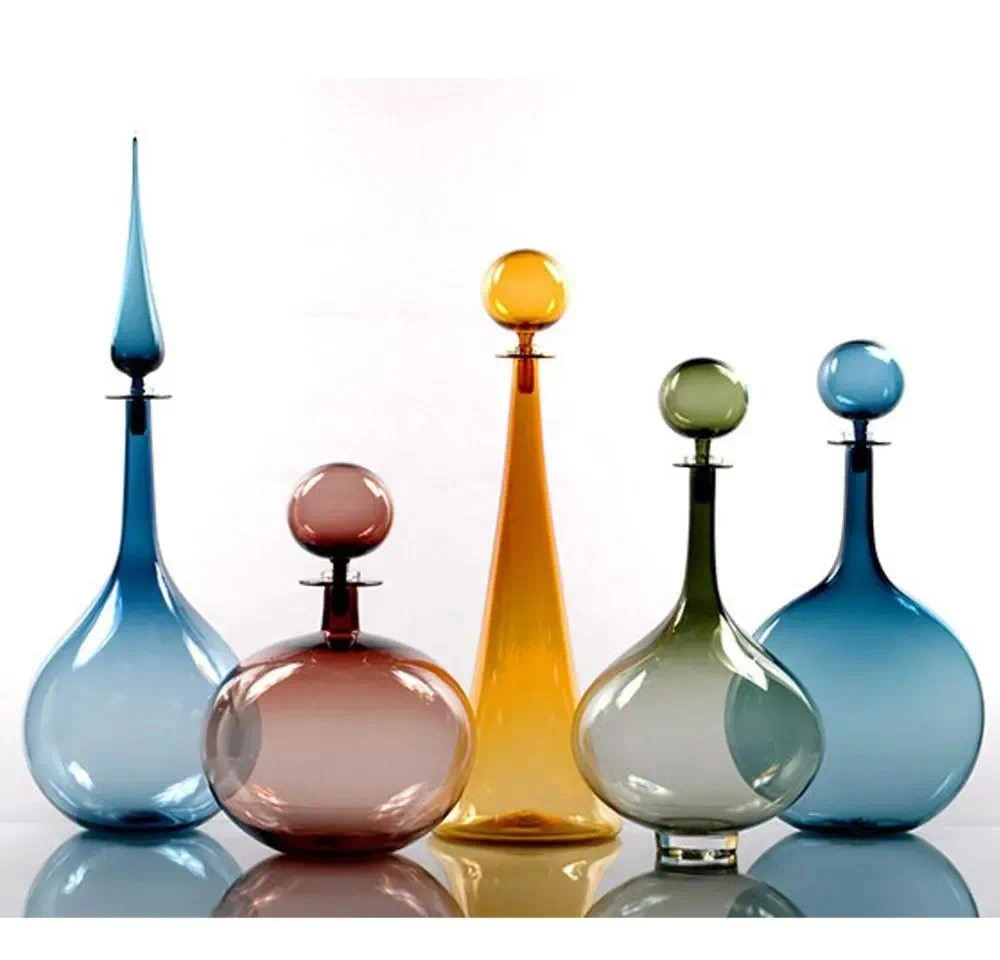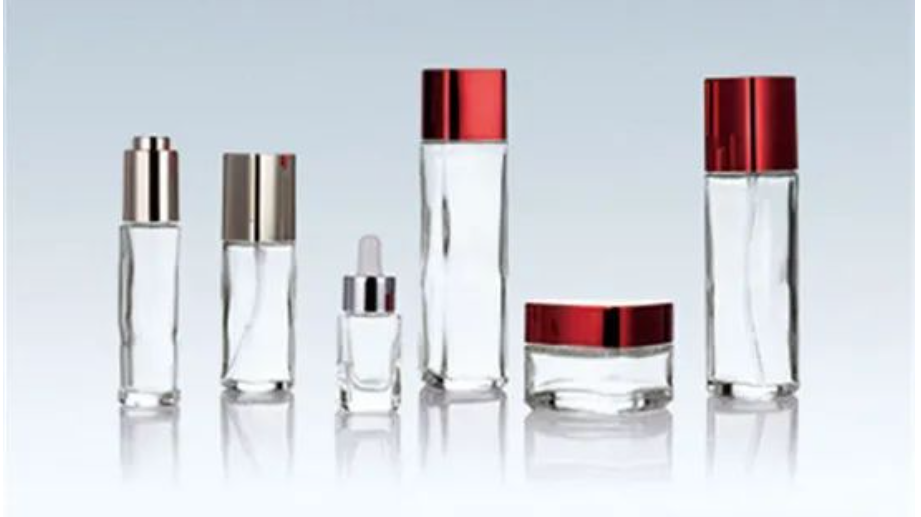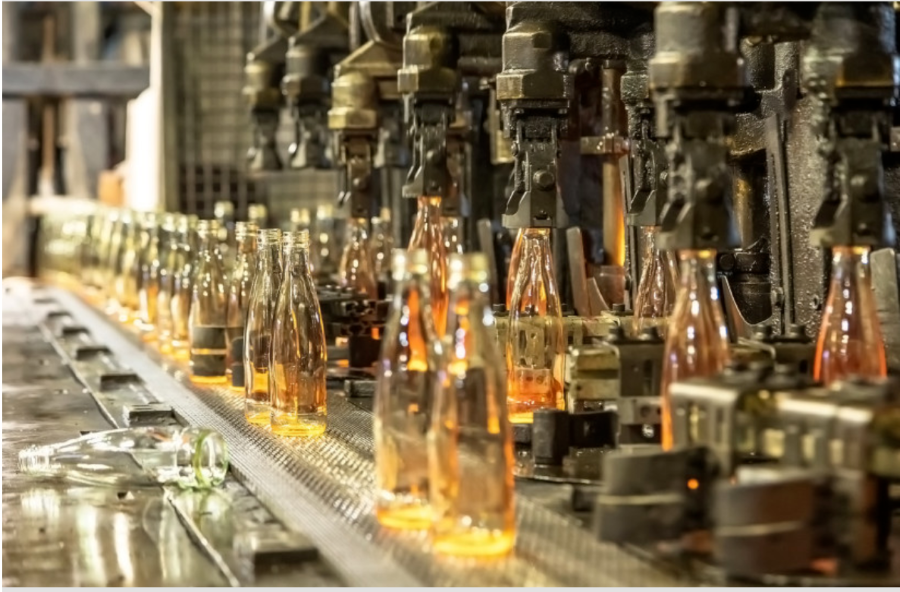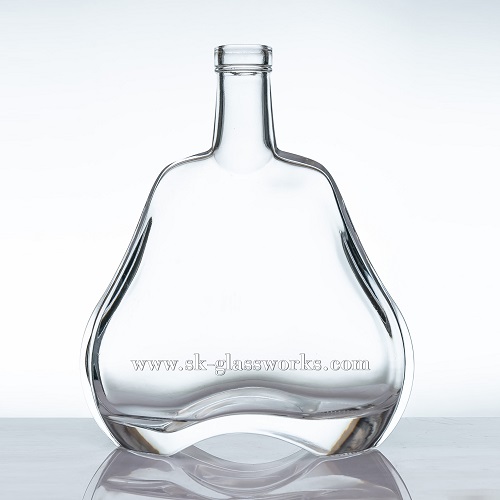Glass may be the most frequently overlooked material in history. It is crucial to our lives, even more important than plastic. For me, a world without glass is more unimaginable than a Mars that has been turned into Earth (most scientists believe this is actually impossible). If it weren't for this miracle around us, you wouldn't have been able to use touchscreen phones, turn on glass lights, see beautiful scenery from the window, wear glasses, and enjoy drinks in glass bottles on the bedside table. You will not be able to receive emails, phone calls, or access the internet.
In an article in the Atlantic Monthly, glass is referred to as "the most important material for humanity.". Douglas Main wrote, "In order to connect us, these texts are encoded into optical signals that are transmitted at a speed of 300000 kilometers per second through optical cables. These signals span high mountains, dive underwater, pass through cities and countries, and are spread worldwide.". The glass inside these optical cables is thinner than human hair and "30 times more transparent than the purest water.". Glass allows us to see and be seen, heard and heard, illuminating our rooms, lives, and thoughts.
From a thermodynamic perspective, glass tends to transform into a solid.
But glass is an interesting material, partly because the term glass itself is a universal term that refers not to a substance with a specific chemical ratio, but to a substance with specific structural characteristics that can be manufactured from an endless formula. However, when we talk about "glass", we understand it as a very specific thing: it is a hard and fragile material that can become sticky and flowable under sufficient heat. Sometimes glass is mistakenly considered liquid because even in a cooled state, it undergoes creep (albeit very slowly). Glass is not as solid as rock because its molecules are not as tightly organized as any crystal. Diamonds have a very regular crystal structure, as do ice and crystalline honey, but glass does not. Although glass is more solid and reliable than ice, at the molecular level, the degree of order in the arrangement of glass molecules is much lower.
In materials science, glass is often considered an amorphous solid. John C. Mauro said that it is neither a liquid nor a solid.
Mauro was once an inventor and is now a professor of engineering and materials science at Pennsylvania State University. Since he visited the Corning Glass Museum in New York at the age of 6, he has been fascinated by glass. He recalled being "captivated" by these colors and shapes. Nowadays, he understands the function of glass better than almost anyone else, but he still holds a reverence for this substance. "Glass is a unique thing," he said, "it breaks away from inherent patterns.".
From a thermodynamic perspective, Professor Mauro explained that glass has a tendency to become solid. From a molecular perspective, compared to solids, glass behaves more like a viscous fluid rather than a solid, but we consider it a solid because the movement speed of glass molecules is very slow. "Philosophically speaking, the glass we observe is very interesting," said Mauro. "When we study other substances, we will understand glass clearly." However, right under our noses, there is a scientific miracle - a substance that is presented in a fascinating and unique way, a substance that is difficult to classify easily. It forms our lens, microscope, telescope, screen, and glasses. Glass allows us to have a clearer insight into the world, but we rarely truly pay attention to it.
It is precisely the hidden microscopic behavior of glass that makes it a unique container for carrying beauty, which goes against the knowledge we learned about the state of matter when we were young. What we usually come into contact with are: substances have three states: solid, liquid, and gas. This is not uncommon in any wild imagination. Nevertheless, glass is still very special.
Glass is mainly an artificial substance. Although there are indeed some natural glass in nature, such as black stone and talc, the vast majority of glass is fired by humans at high temperatures. As far as we know, the origin of glass can be traced back to the Bronze Age in Mesopotamia. About 4000 years ago, humans began melting silica (sand or crushed quartz) and mixing it with small amounts of limestone and soda ash. According to Pliny, the invention of glass was a pleasant surprise: this Roman historian believed that glass was accidentally obtained by Phoenician sailors during a picnic on the beach, but this view is questionable because there was no flame at the time that could reach the temperature of melting sand. Contemporary historians believe that glass may have been discovered during the process of making ceramics or processing metals. Compared to baking bread or roasted lamb leg, these two processes require higher cooking temperature and longer cooking time.
Among all players in the material world, Glass is a skilled magician.
The oldest known glass products are similar in usage and processing to gemstones, and people usually use cold processing instead of hot processing, cutting instead of melting to process glass. Craftsmen cut and polish glass, and then inlay it into jewelry. At some point, our ancestors discovered how to cast glass in molds to produce vessels. Before the promotion of the technique of blowing glass, craftsmen were already able to manufacture glass brocade bricks, small mirrors, and many different types of vessels that could be used to store wine, perfume, medicine, and other valuable substances.
Around the year 1 AD, due to the promotion of the Romans and their strict production techniques, glass achieved great success. Blowing glass (a technique transmitted from Syria to Rome) allowed craftsmen (usually slaves) to make glass cups and bowls faster than before. Cheap glass cups have begun to appear in the market. Soon, the popularity of glass among ordinary Romans could rival that of ceramics. Artists began to experiment with more diverse art forms using glass, creating Luo Shen Jenas face vases and wine bottles decorated with festive scenes. Builders have started using glass to build windows, but due to its turbidity and thickness, the purpose of using glass is not so much for lighting as for safety and insulation. We have found relics of glass windows throughout Rome and surrounding cities, including Pompeii's luxurious tiles and well preserved bathhouses.
The origin of another type of glass product - lenses is difficult to trace, as lenses had already appeared before the first year of the year AD. In the Islamic world of the 10th century AD, optics emerged and became an important research field, with mathematicians and scientists making significant progress in understanding and regulating light. During the Renaissance, philosophers, scientists, and thinkers were all using lenses to observe the physical world - the stars above our heads (the telescope was invented in 1608) and the earth below our feet (after the microscope was made in 1625). For a long time, glass has been regarded as a material that can provide literal light, but it is worth remembering that glass also laid the foundation for many of our enlightenment.
In the era of the Enlightenment, the Phantom Society was born. A slideshow can be a form of theatrical entertainment, some people find it scary, but others find it full of hope - it depends on how people choose to watch.
 SK Glassworks leads the environmental trend and launches innovative glass bottle manufacturing technology
SK Glassworks leads the environmental trend and launches innovative glass bottle manufacturing technology
 It is expected that the glass cosmetic bottle market will exceed 5.4 billion US dollars by 2032
It is expected that the glass cosmetic bottle market will exceed 5.4 billion US dollars by 2032
 The value of the glass manufacturing market will increase by $383.8 billion from 2023 to 2030
The value of the glass manufacturing market will increase by $383.8 billion from 2023 to 2030
 700ml Brandy bottle
700ml Brandy bottle